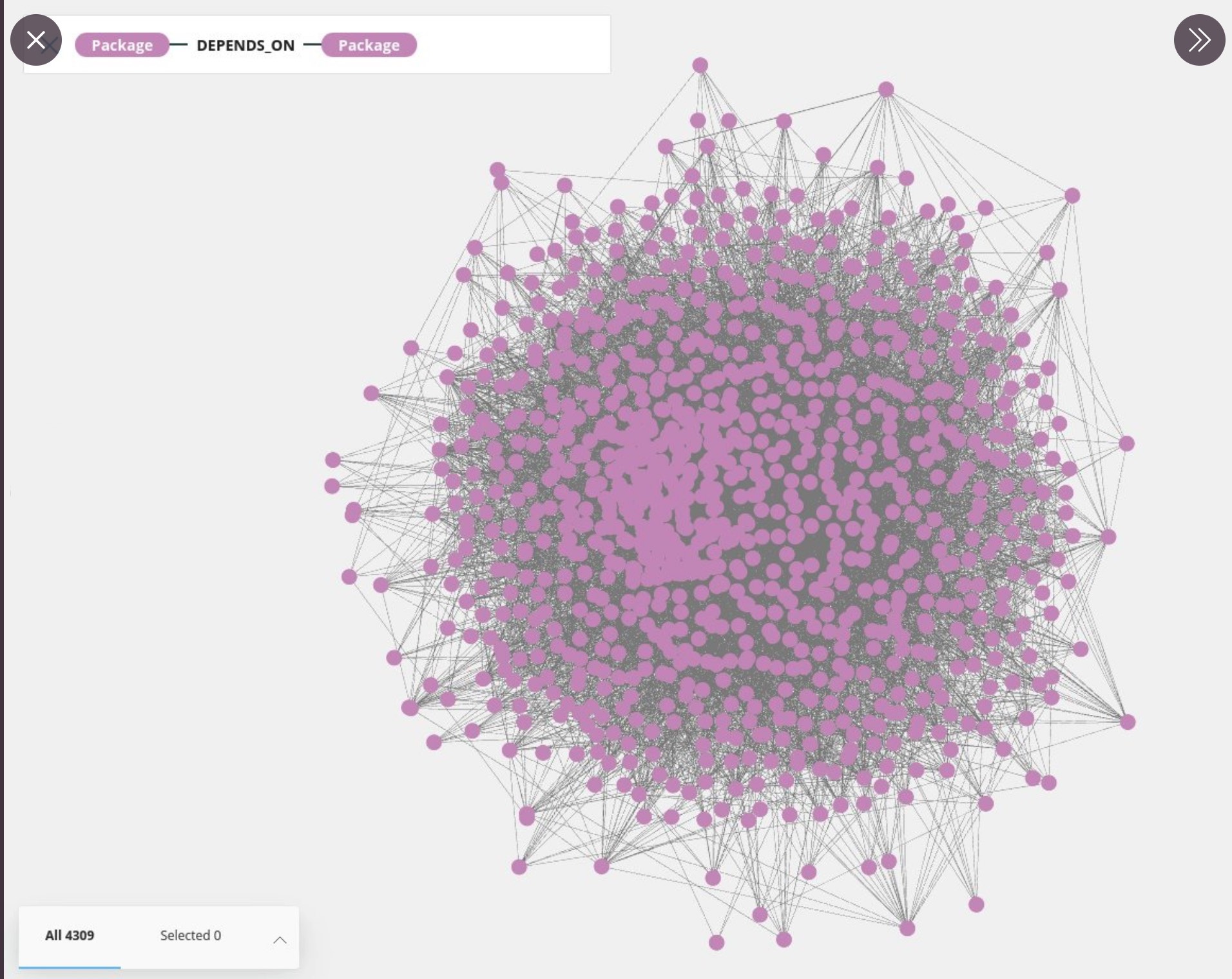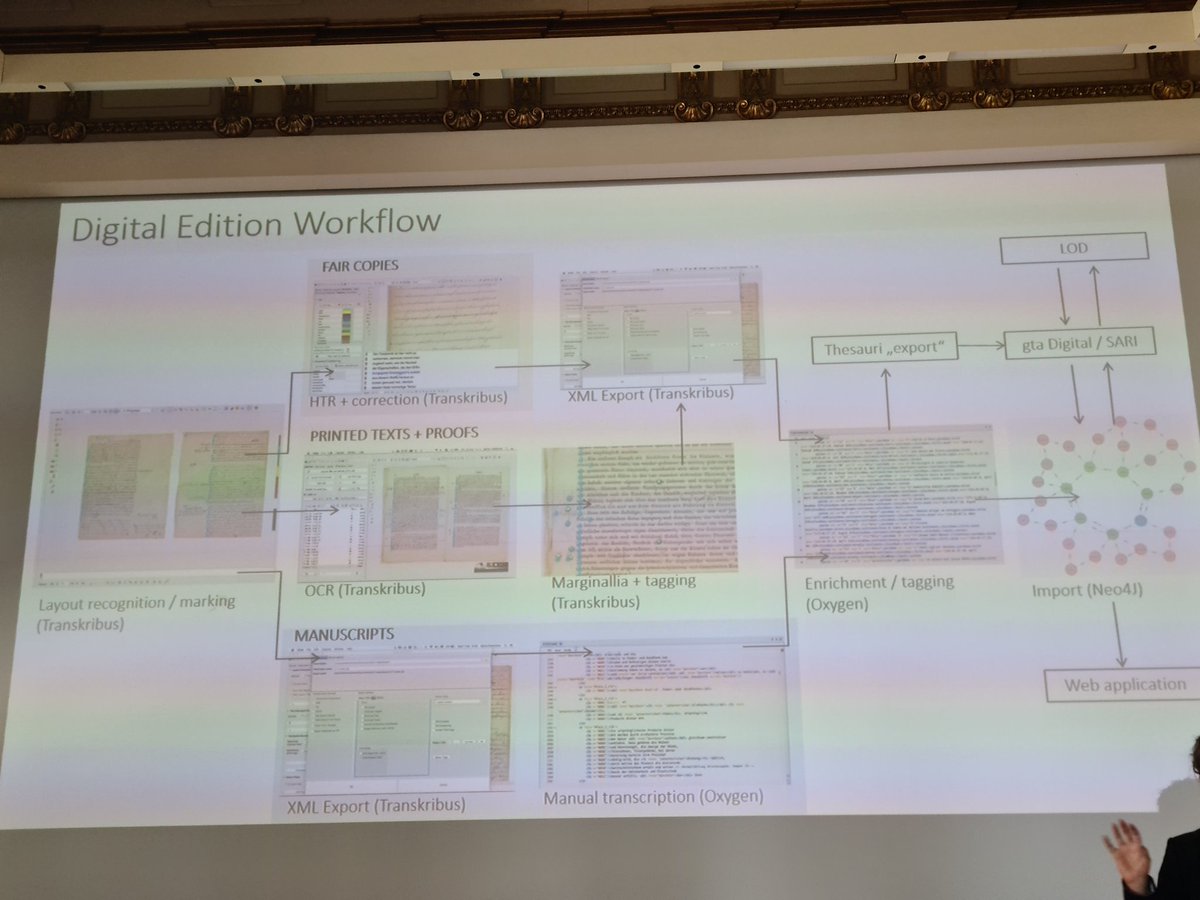Hello, everyone!
This is the week of NODES 2021! We hope you will be there and can watch the keynote by our awesome CEO, Emil Eifrem. It is on June 17 at 8:00 a.m. ET, 12:00 p.m. UTC, 5:30 p.m. IST. Register here.
In this edition, we have selected Samuel Chalvet as our featured commumnity member. He will be presenting at NODES and we look forward to hearing from him.
Michael Hunger explains how to use the newest Google tool, deps.dev, to extract dependencies from a repo.
He shows us how to create a graph from the dependencies and explore the results in Bloom.
Yisroel Yakovson, a long-time Neo4j developer, has created neo-forgery.
It is a framework for unit testing with Neo4j where the drivers are simulated.
Tim Bleimehl, a creator of CovidGraph, wrote a blog describing Motherlode.
Motherlode can be used to load data into Neo4j from multiple, heterogeneous sources.
Julian Raemy wrote a Twitter thread describing the work done at USI University to analyze text using tei2neo.
It is a python-based tool that uses specialized libraries to help parse the documents and load them into Neo4j.
Soham Dhodapkar, a sales engineer at Neo4j, has written a clear, step-by-step guide to help you configure Azure Active Directory Domain Services with Neo4j for RBAC access.
Another Neo4j sales engineer, Alex Woolford, published a blog that teaches you how to install and configure Prometheus for monitoring Neo4j.
And finally, my colleagues Lju Lazarevic and William Lyon added three more interviews to their GraphStuff.FM podcast catalog where they talk with some of our NODES 2021 speakers.
Featured Community Member: Samuel Chalvet
This week’s featured community member is Samuel Chalvet.

Samuel Chalvet – This Week’s Featured Community Member
Samuel is a Certified Neo4j Professional and will be presenting at NODES 2021. His presentation is entitled Schema Design Demystified: Application-Driven Graph Architecture.
Samuel Chalvet is a Senior Consultant at Graphable. He has a B.A. in Computer Science and has experience in software and mobile app development. He delights in problem solving, gnarly logic issues, and surmounting challenges. Sam is a native French and English speaker. When he isn’t slinging code or playing with Cypher, he enjoys reading, playing strategy games, cooking, and discovering other cultures.
Viewing Google deps.dev Data

Our own Michael Hunger shows us how easy it is to take advantage of the new Google tool, deps.dev, that provides dependencies for maven, npm, cargo, and pypi. He used this tool to load the dependencies of neo4j-kernel and then was able to visualize it in Neo4j Bloom. The helper files can be found in this gist. Really cool!
neo-forgery: Mock a Neo4j Driver Session

Yisroel Yakovson just published an npm package, neo-forgery. This package enables you to simulate neo4j drivers so you can unit-test your application. It is fast and can be used with CLI and TDD. You can specify configuration parameters that are used to drive your unit tests. When the application changes, it can be easily retested. You can even use it on a real database to confirm that your test queries still work.
Motherlode: How to Create a Heterogeneous Neo4j Data Loading Pipeline Framework (Fast)

Tim Bleimehl, who has worked extensively on the CovidGraph project and for the German Center for Diabetes Research, posted an article about creating a heterogeneous Neo4j data loading pipeline. This article describes the challenges and requirements associated with collecting data from multiple sources. The solution, called Motherlode, is like a docker-compose with the added benefit of loading data into Neo4j.
Read the Blog
tei2neo: Parser to Extract Information and Store It in a Neo4j Database

Julian Raemy described some of the details of a project at USI University. They used tei2neo to parse the Semper Edition to load a graph where text is stored as chains of nodes and relations, and represent words, parts of words, or punctuation marks. Nodes have properties and labels and are linked together to represent direction of text flow. tei2neo takes TEI-XML documents and uses a combination of beautifulsoup4 and Spacy to parse the document.
Neo4j RBAC with Azure Active Directory

Soham Dhodapkar from Neo4j posted this blog with step-by-step instructions to configure and use Neo4j’s RBAC functionality with Azure Active Directory Domain Services. He details the configuration necessary on the Azure Active Directory Data Service component and then shows us how to use RBAC in Neo4j.
Read the Blog
Monitor Neo4j with Prometheus and Grafana

Alex Woolford from Neo4j published yet another blog about monitoring Neo4j. He teaches you how to install and set up Prometheus for monitoring. Once it is connected to your Neo4j instance you can use Grafana to create your monitoring dashboards.
GraphStuff.FM: Podcasts

In the run-up to NODES 2021 (the Neo4j Online Developer Expo & Summit) Lju Lazarevic and William Lyon interviewed a few of the speakers to tell us how they first got excited about graphs and what they’re working on. They also give us a preview of what they’ll be sharing at NODES 2021.
- The Path To NODES 2021 With Tomaž Bratanič: From Text to a Knowledge Graph: The Information Extraction Pipeline
- The Path To NODES 2021 With David Bender: Introduction to FastGraph: Building Great, Simple APIs for Your Neo4j Projects
- The Path To NODES 2021 With Mike Morley and Peter Tunkis: Modeling Physical Systems Using Graphs
Tweet of the Week
My favorite tweet this week was by Koji Annoura:
Answered GGCD quiz and won a "Global Graph Celebration Day T-shirts"! #Neo4j #GlobalGraphCelebrationDay2021 pic.twitter.com/YVSck1WZer
— Koji Annoura (@kojiannoura) June 6, 2021
Don’t forget to RT if you liked it too!



